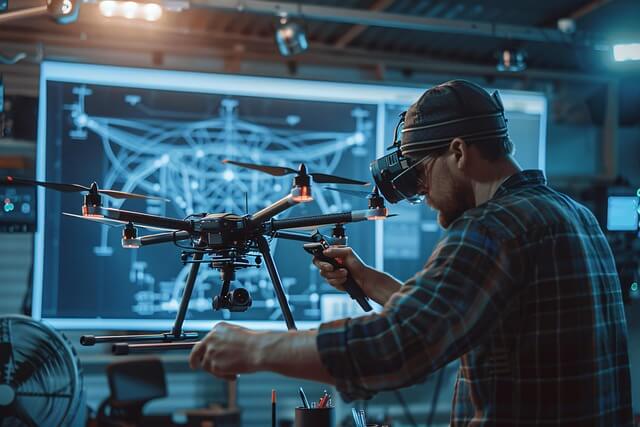"Without an understanding of history, we are bound to repeat its mistakes." This adage is particularly relevant in our fast-paced technological era. While the insights from historical innovators may not be directly applicable to our present-day scenarios, they can still offer valuable foresight into the future. Throughout history, human ingenuity has been the catalyst for revolutionary changes. However, with the emergence of Artificial Intelligence, particularly General AI, which is sometimes dubbed "AI on steroids," we are approaching an era where technology might be self-generated by machines, separate from human involvement. This underscores the importance of learning from history to ensure that our technological advancements continue to be anchored in the values and creativity that are at the core of our humanity. We have produced remarkable inventions and groundbreaking ideas without the sophisticated technology we have today. The Wright brothers did not have digital tools or CAD software, and Leonardo da Vinci conceptualized the helicopter and parachute long before they were actualized. What these innovators had in common was an unwavering dedication to human experimentation and creative thought. Therefore, the key may lie in ensuring that innovation remains fundamentally focused on human needs rather than being controlled by technology. Below are three key principles of design, illustrated by three trailblazing inventors, that offer valuable lessons for today's society:
When it comes to robotics, one might think of the impressive yet unsettling capabilities of Boston Dynamics' robots that can jump, skip, and lift, sometimes evoking unease and fears of sentient beings that could threaten humanity. Moreover, robots are often perceived as primarily a Western invention, overshadowing global contributions and innovations in this field. However, one of the earliest figures in what would later be known as robotics was Ismail al-Jazari (1136-1206), a 13th-century Muslim scientist and polymath who created various automated devices. Among his creations, detailed in "The Book of Knowledge of Ingenious Mechanical Devices," were hydropower-driven moving peacocks, the first automatic gate, sophisticated water clocks, the first four-dial combination lockbox, and even a humanoid automaton—a waitress capable of serving water, tea, or drinks. His designs were not only precise and intricate but also works of fine art, akin to exquisitely illustrated miniature paintings.
Al-Jazari’s detailed illustrations and instructions might be some of the earliest forms of a DIY innovation kit, captivating audiences and stimulating interest in the potential applications and benefits of his designs. His comprehensive documentation underscores the importance of clear communication in the design process, ensuring that concepts can be readily communicated and further developed by others. This is a significant leadership lesson in an era where complexity has surged. Leaders’ responses to complexity are not always optimal; many tend to overvalue complex thinking, seeing it as inherently positive rather than seeking simplification (confirmation bias). Just as Al-Jazari's designs and instructions made complex ideas understandable, effective leadership involves simplifying ideas and communicating them clearly. Leaders must set expectations for innovation in clear, uncluttered, and transparent ways.
Al-Jazari placed great emphasis on both the functionality and aesthetic appeal of his creations. His intricate water clocks and mechanical devices served practical purposes while also captivating the eye. This balance of form and function is crucial in modern design, emphasizing the need for products to be both efficient and visually appealing. When considering visually appealing products, Steve Jobs comes to mind. His design philosophy centered on elegance and took a holistic view that harmoniously integrated simplicity, functionality, user experience, andElegance and SimplicitySimplicity in DesignAesthetic Value
Recent
See All
2025-04-26
Newegg is offering a 50% discount on the Lenovo ThinkPad T14s, which has been recognized as Editor's Choice by Laptop Mag.

2025-04-26
Google alerts millions about VPN risks as Playfulghost malware infections rise sharply.

2025-04-26
Steam offers a generous giveaway of 15 free games that you can download and keep forever.
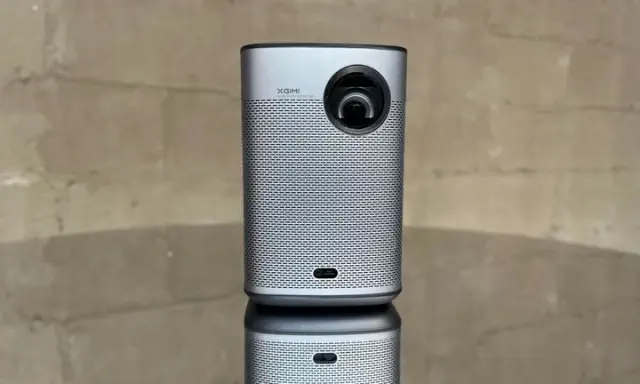
2025-04-26
This compact smart projector is currently available for $200 less than usual.
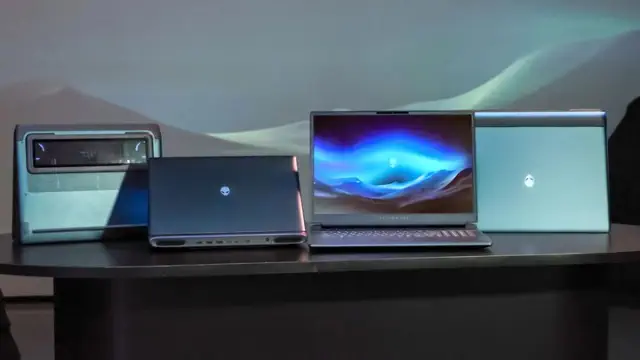
2025-04-26
I’m really excited about the upcoming Alienware Area-51 laptops — and it’s not solely because of their Nvidia RTX 50 GPUs.

2025-04-26
I just spent the last 17 minutes completely amazed by these incredible pictures, and I can't wait for you to check them out!
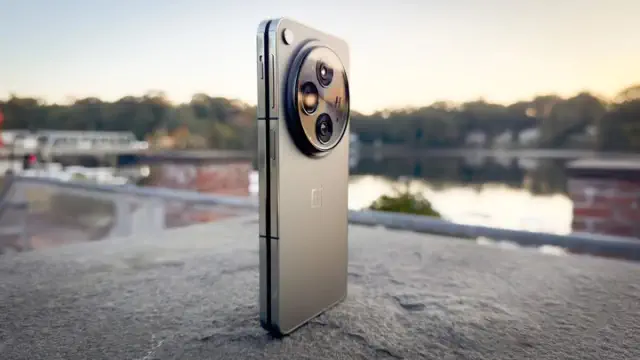
2025-04-26
Rumors surrounding the OnePlus Open 2 are intensifying - here are five features I hope to see in the upcoming foldable successor.

2025-04-26
A Chinese social media app climbs to the top of the app store rankings in anticipation of a potential TikTok ban.

2025-04-26
AI Breakthroughs Address Loneliness Among Singapore's Elderly Community
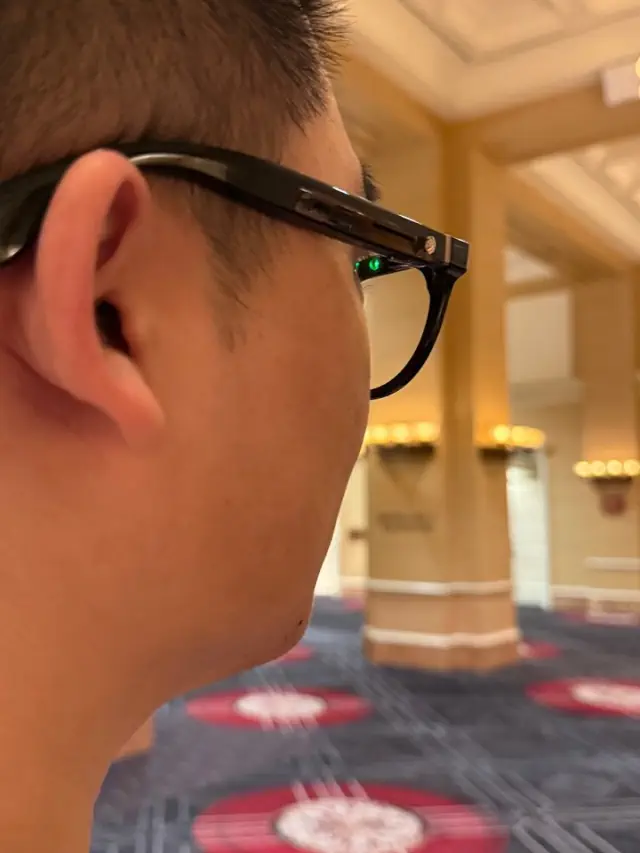
2025-04-26
Halliday's latest AI-powered smart glasses: a groundbreaking wearable innovation or a guaranteed method for cheating?
Newsletter
Get life tips delivered directly to your inbox!
